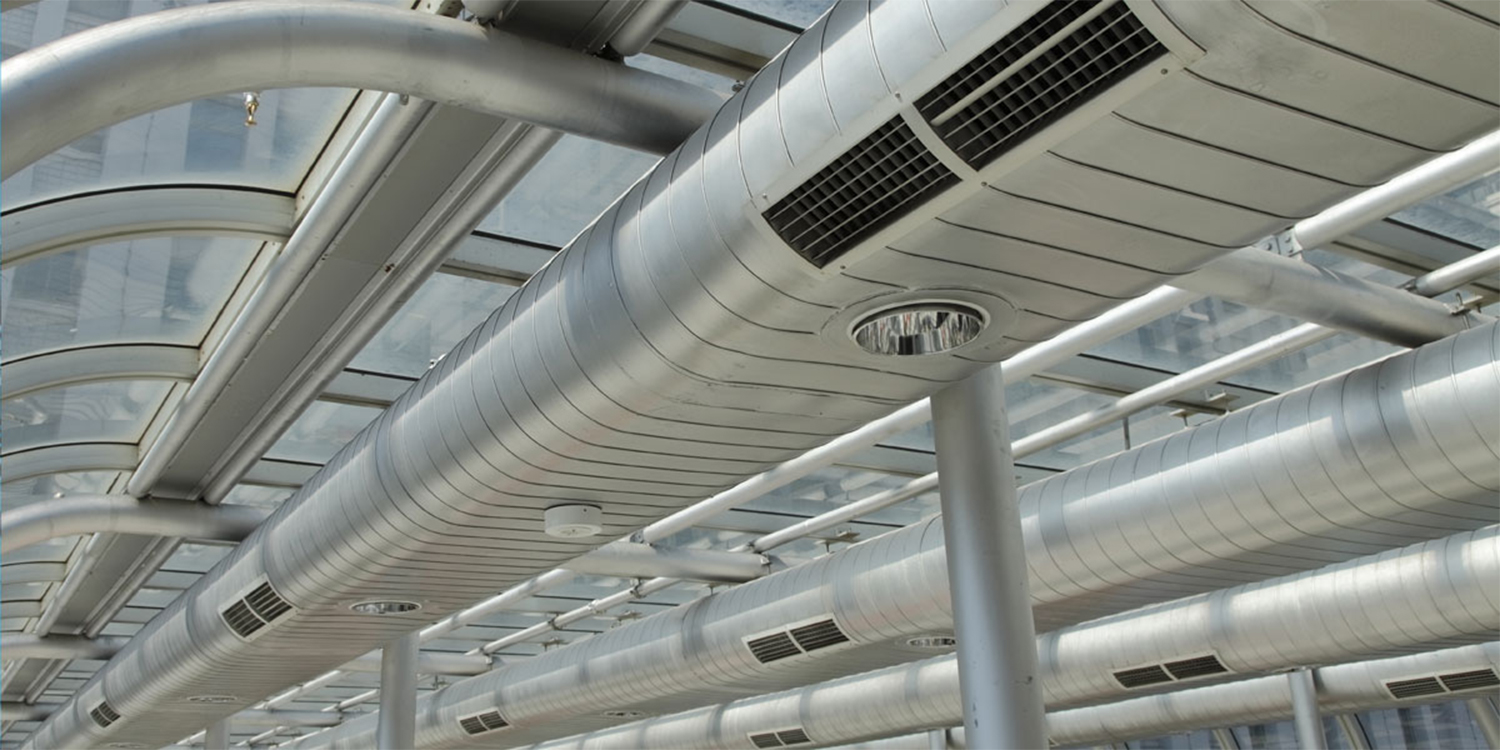
Areas of Use of Air Dampers
Air Dampers are one of the important components of HVAC (Heating, Ventilation and Air Conditioning) systems. These systems, which are used to control, direct and monitor air flow, are of critical importance for air management, especially in large buildings, industrial facilities and all kinds of industrial structures that want to provide energy efficiency. Dampers are also widely used to improve air quality and optimize energy consumption.
This article will provide in-depth information about what air dampers are, how they work, their types and the main areas they are used. At the same time, information will be provided on how air dampers affect functionality, efficiency and safety in HVAC systems.
What are Air Dampers and How Do They Work?
Air dampers are mechanisms that control air flow, usually made of metal or plastic, and can also be defined as valves used in air ducts. These systems, which are mostly used to open, close or adjust air flow, are critical for providing regular air flow in HVAC systems. Dampers usually consist of a motor and a curtain. These components work manually or integrated with a control system to direct the air flow as required.
The most common use of air dampers is to control the amount and direction of air sent to heating and cooling systems. These mechanisms help improve the air quality in the room by balancing the air flow. Air dampers are also used in HVAC systems to increase energy efficiency, reduce noise levels and provide safety measures.
Working Principle of Air Dampers
Air dampers basically have mechanisms that can be opened and closed to control air flow. These mechanisms can be controlled manually or with automatic systems. Automatic dampers are usually equipped with an actuator or motor and integrated into central control systems. In this way, air flow can be continuously controlled according to the needs of the HVAC system.
Most dampers open or close based on some type of pressure, temperature or air flow rate. In some modern systems, CO2 levels or humidity rates may also be among the parameters that decide whether the dampers open or close. Thanks to these parameters, HVAC systems are operated only under the conditions needed, thus saving energy.
Areas of Use of Air Dampers
1. Control of Air Flow in Large Commercial and Industrial Buildings
In areas such as large commercial buildings, offices, shopping malls, factories and warehouses, it is of great importance that HVAC systems operate effectively. In such buildings, air dampers are used to control air flow and provide more cooling or heating in certain sections. The most important areas of use of air dampers in these areas are as follows:
Zoning and Regional Control: In large buildings, each area may have different heating and cooling needs. Air dampers increase energy efficiency by adjusting the air flow according to the heating or cooling needs of certain rooms.
– Energy Saving: Energy consumption can be optimized by cutting off air flow in areas where it is not needed. This reduces total operating costs.
– Increasing Comfort Level: Air dampers increase comfort levels by providing temperature balance in the environment according to the needs of the users.
2. Clean Room Systems and Healthcare Areas
Clean room systems are environments designed to minimize particles in the air, especially used in biomedical and pharmaceutical areas. In such environments, air dampers are a critical component for removing airborne contaminants and directing the correct airflow.
– Sterile Environments: Air dampers are used in operating rooms, laboratories and pharmaceutical production facilities to ensure that the environment remains hygienic. The air flow here is meticulously controlled to prevent the spread of microorganisms.
– Pressure-Controlled Areas: In clean rooms and isolation rooms, control of internal air pressure is very important. Air dampers control air flow by adjusting internal pressure.
3. Air Dampers in Fire Safety Systems
Air dampers play a very important role in terms of fire safety. In the event of a fire, smoke and harmful gases must be safely evacuated from the building. Air dampers are used in the following areas in fire safety systems:
– Smoke Control: Dampers are opened in order to evacuate smoke from the desired areas in the event of a fire. In this way, firefighting teams can work effectively.
– Emergency Ventilation: During a fire, ventilation systems are activated to prevent smoke and gases from accumulating. Air dampers are an important component for such situations.
4. Industrial Applications and Control of Air Pollutants
In industrial facilities, the removal of pollutants such as chemicals, dust and gases in the air is a critical need. Air dampers help to effectively evacuate these pollutants.
– Air Filtration and Pollutant Control: In industrial facilities, air dampers are connected to integrated filtration systems to remove harmful particles, gases and chemicals from the air.
– Chemical Waste Management: In chemical facilities, air dampers are used to direct waste gases and pollutants to the outside through ventilation systems.
5. Improvement of HVAC Systems in Comfortable Homes and Offices
Air dampers are used in residential areas as well as commercial areas. In homes and offices, air dampers are used to provide better air distribution and energy efficiency. These systems are preferred especially for balancing the temperatures of different rooms, controlling air flow and increasing user comfort.
– Temperature Balancing: Temperature imbalance is a common problem in homes and offices where central air conditioning systems are used. Air dampers eliminate this imbalance by directing air flow between rooms.
– Indoor Comfort: Air dampers create a healthy and comfortable environment in indoor spaces by ensuring the efficient operation of the ventilation system.







